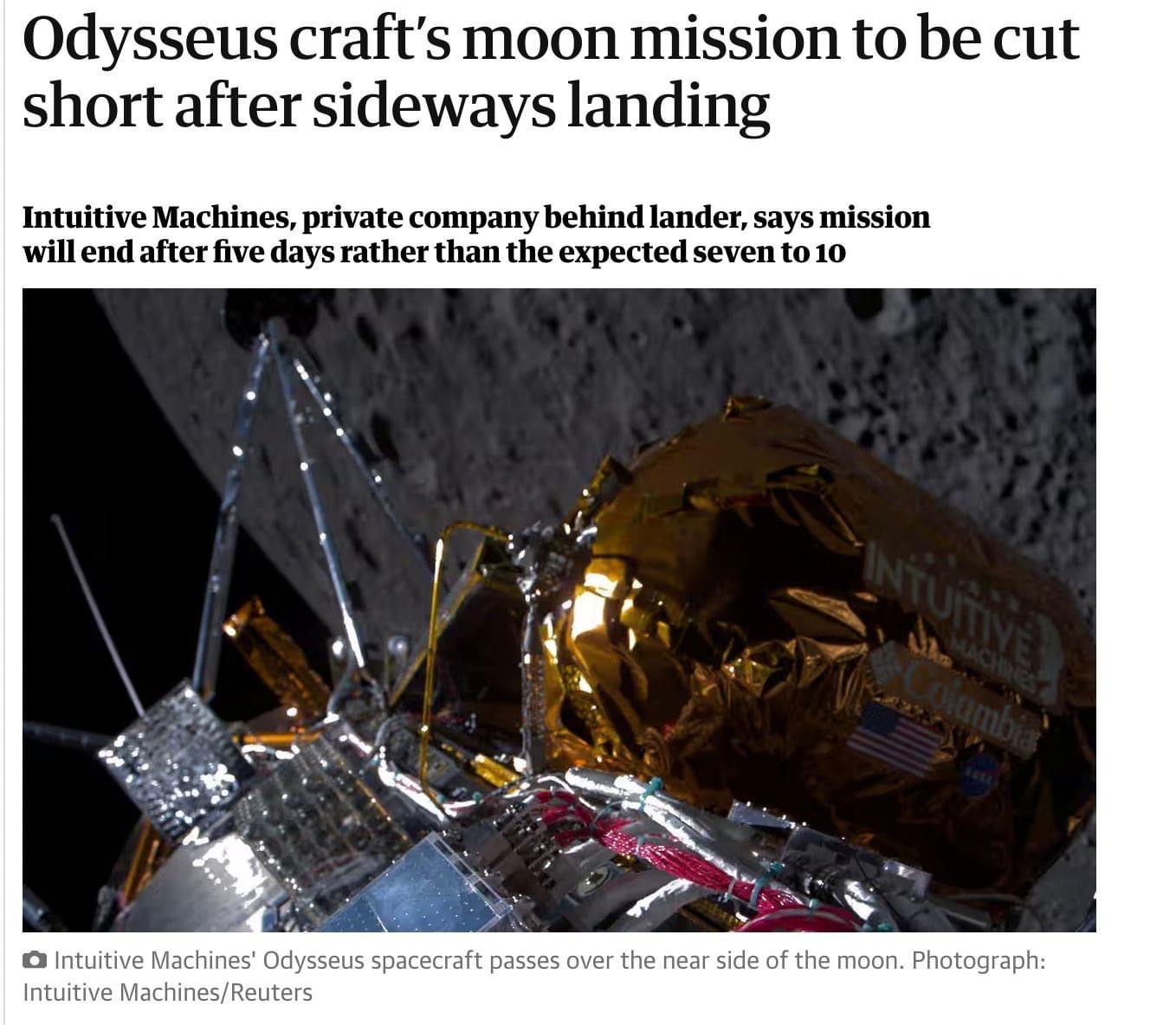For Marx, substance is synonymous with content.
Chapter 12 of I. I. Rubin’s Essays on Marx’s Theory of Value meticulously investigates the question of content and form, as used by Marx in his theory of value.
Due to his materialist philosophy, Marx adopted what the layman might call a scientific attitude for theorizing about society. This means starting from empirical phenomena, and through analysis (contemplation), developing concepts (categories) which are implied by the phenomena. In short, one starts from concrete forms to discover their underlying, abstract content. This duality of form and content is found throughout Marx’s work, but originates in the theory of Hegel.
As the names imply, form is an accidental or external presentation of content. Just as carbon (content) may variously take the form of either diamond or graphite, so too may content in Marx’s theory take on various forms depending on the circumstances. Therefore, a scientific investigation which moves only from form to content is inadequate, as discovering a form’s content does not uncover the conditions under which the content takes that form. It is necessary to move in the reverse direction, from the abstract substance back to the concrete form.
In volume 1 of Das Kapital, Marx identifies labor as the substance or content of value. But value itself can take on various forms, namely the manifold use-values or useful products of labor. This includes the money-commodity. The fact that all commodities share this common content of value makes them commensurable or exchangeable, since — and Marx quotes Aristotle on this — quantities may only be compared between objects of like quality.
Exchange therefore implies that it is not any labor which forms value, but only abstract social labor. When commodities A and B are exchanged at a given ratio, their concrete and qualitatively different labors are necessarily regarded abstractly as a common kind of labor, in order for their quantities to be commensurable.
So Marx’s investigation takes two paths in succession. The importance of these two paths was first noted by I. I. Rubin at least as early as 1927:
- Form to content. Empirical phenomena, forms visible in everyday life, are analyzed through contemplation, in order to theorize about their content, or their inner logic. This path, claims Marx, is as far as earlier political economists ever got. He considers David Ricardo to have discovered the content of value, labor; but he never figured out what kind of labor forms value.^1,2,3,4^
- Content to form. Path 1 gives us the starting abstract concept, and now we have to consider the concept in itself, and see how, and under what conditions, that content emerges in the particular forms we observed at the start of Path 1. Along this path we discover that it is not any kind of labor which forms value, but abstract social labor, labor which has been validated as social, in a definite magnitude, by and through the act of exchange.
Footnotes
- “Political Economy has indeed analysed, however incompletely, value and its magnitude, and has discovered what lies beneath these forms. But it has never once asked the question why labour is represented by the value of its product and labour time by the magnitude of that value.” — Das Kapital volume 1 chapter 1.
- “The insufficiency of Ricardo’s analysis of the magnitude of value, and his analysis is by far the best, will appear from the 3rd and 4th books of this work. As regards value in general, it is the weak point of the classical school of Political Economy that it nowhere expressly and with full consciousness, distinguishes between labour, as it appears in the value of a product, and the same labour, as it appears in the use value of that product.” — Ibid.
- “It is one of the chief failings of classical economy that it has never succeeded, by means of its analysis of commodities, and, in particular, of their value, in discovering that form under which value becomes exchange value. Even Adam Smith and Ricardo, the best representatives of the school, treat the form of value as a thing of no importance, as having no connection with the inherent nature of commodities. The reason for this is not solely because their attention is entirely absorbed in the analysis of the magnitude of value. It lies deeper. The value form of the product of labour is not only the most abstract, but is also the most universal form, taken by the product in bourgeois production, and stamps that production as a particular species of social production, and thereby gives it its special historical character. If then we treat this mode of production as one eternally fixed by Nature for every state of society, we necessarily overlook that which is the differentia specifica of the value form, and consequently of the commodity form, and of its further developments, money form, capital form, &c. We consequently find that economists, who are thoroughly agreed as to labour time being the measure of the magnitude of value, have the most strange and contradictory ideas of money, the perfected form of the general equivalent.” — Ibid.
- “In order that the commodities may be measured according to the quantity of labour embodied in them—and the measure of the quantity of labour is time—the different kinds of labour contained in the different commodities must be reduced to uniform, simple labour, average labour, ordinary, unskilled labour. Only then can the amount of labour embodied in them be measured according to a common measure, according to time. The labour must be qualitatively equal so that its differences become merely quantitative, merely differences of magnitude. This reduction to simple, average labour is not, however, the only determinant of the quality of this labour to which as a unity the values of the commodities are reduced. That the quantity of labour embodied in a commodity is the quantity socially necessary for its production—the labour-time being thus necessary labour-time—is a definition which concerns only the magnitude of value. But the labour which constitutes the substance of value is not only uniform, simple, average labour; it is the labour of a private individual represented in a definite product. However, the product as value must be the embodiment of social labour and, as such, be directly convertible from one use-value into all others. (The particular use-value in which labour is directly represented is irrelevant so that it can be converted from one form into another.) Thus the labour of individuals has to be directly represented as its opposite, sociallabour; this transformed labour is, as its immediate opposite, abstract, general labour, which is therefore represented in a general equivalent, only by its alienation does individual labour manifest itself as its opposite.” — Theories of Surplus Value, Chapter 20; bold added to emphasize the critical importance of path 2 from my answer, for finding that “determinant of the quality of labor”, i.e. for identifying what kind of labor forms value.


















This is like the Democrat version of calling someone a slur